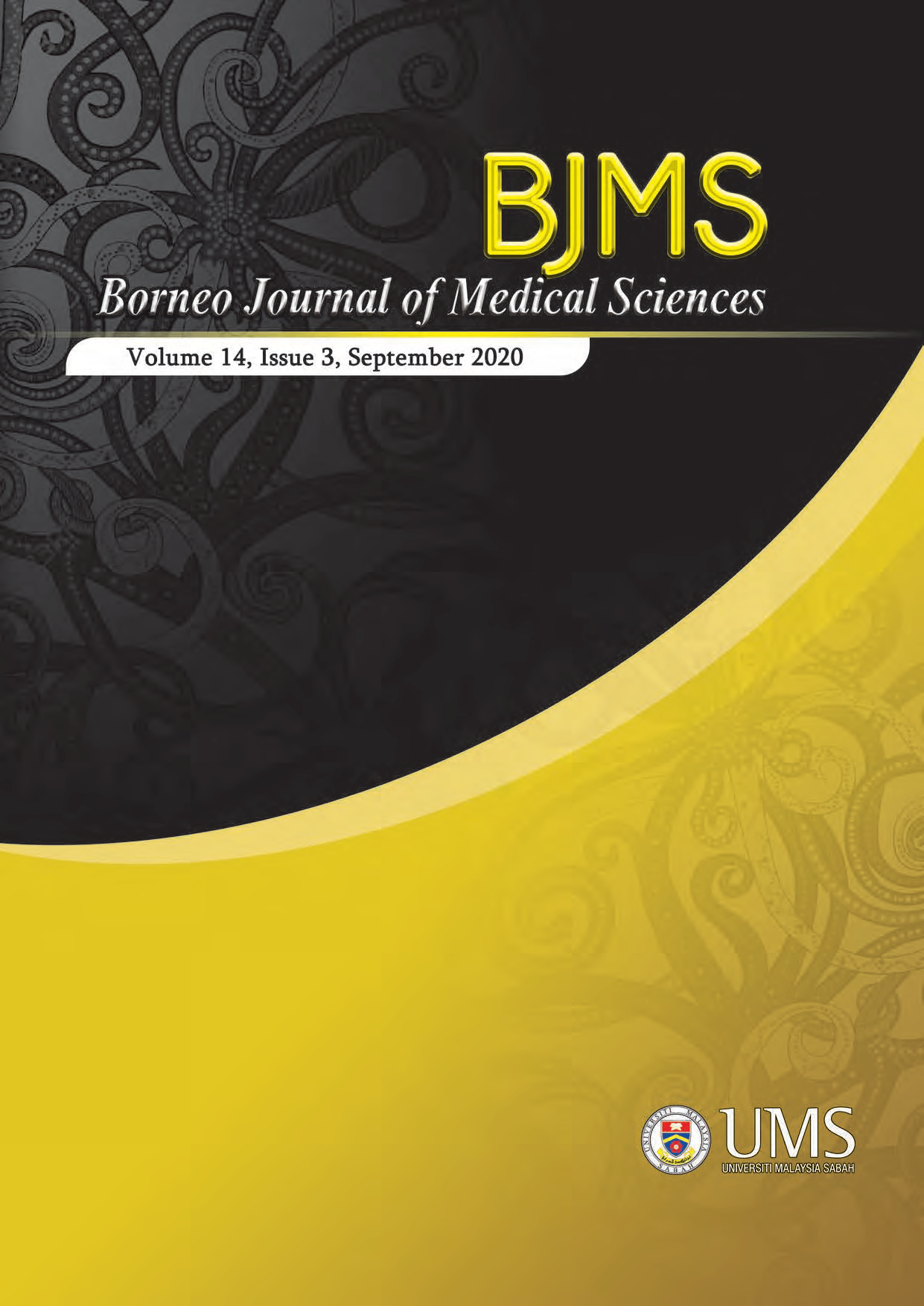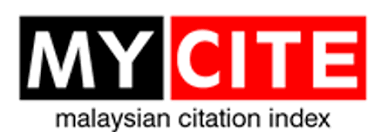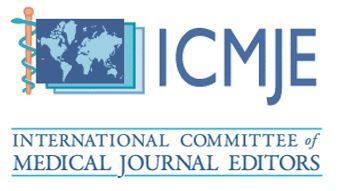Frontonasal Dysplasia in Yangon, Myanmar
DOI:
https://doi.org/10.51200/bjms.v14i3.1983Keywords:
frontonasal dysplasia, midline facial cleft, congenital anomaly, MyanmarAbstract
Frontonasal dysplasia (FND) is an uncommon congenital anomaly affecting the eyes, nose and forehead. In this case report, a baby of a 22-year-old mother was diagnosed with a midline facial cleft, bifid nose and hypertelorism during an ultrasound scan at 29th week of gestation. Besides a history of miscarriage on first pregnancy, no other abnormalities findings were found in laboratory or radiological examination of the newborn. Counselling about abnormality and psychological support were given by both obstetrician and neonatologist during the antenatal period. The patient delivered vaginally at 36th week with spontaneous labour and no complication was observed. Further interventions including corrective treatment have been planned as they often interfere with important functions such as breathing and feeding. Thus, the paediatric surgical team decided to do the operation when the baby reaches one year old as then tissues have been developed to 90% of their eventual form to give optimal treatment results. Further life expectancy depends on the severity of the malformation and whether or not surgical intervention can improve the associated health problems. This case report raises the importance of awareness on the nutritional value of pregnant mothers especially carotene and folic acid intake which may be associated with the organ maldevelopment. Overall, this report outlined the management of this rare condition experienced by the patient, particularly in a resource-limited setting like Yangon in Myanmar and also reviewed the literature about the presentation and classification of this condition.
Downloads
Published
How to Cite
Issue
Section
License
The copyright of the article belongs to the authors, who retain ownership of their work published in the journal. Their work is distributed under the CC BY-NC 4.0 license








1.png)




